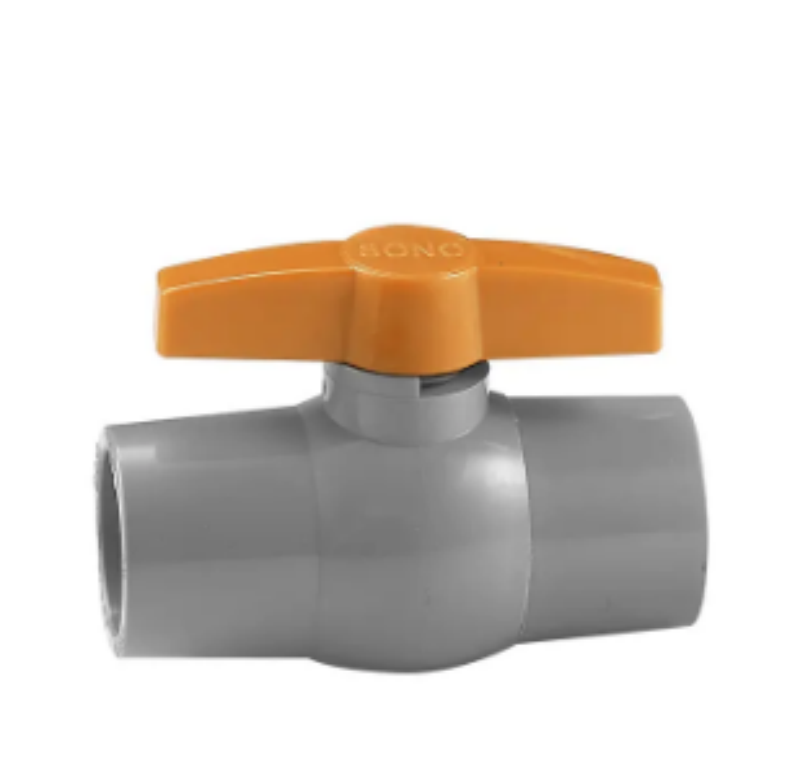PVC ball valves have come a long way since their inception in the 20th century, evolving from simple on/off switches to sophisticated flow control instruments. In this article, we trace the evolution of PVC ball valves and assess their impact on flow control systems.
PVC Ball Valve Origins
Polyvinyl chloride (PVC) was first synthesized in the early 1900s, and its use in the production of ball valves soon followed. The first PVC ball valves were simple on/off devices, designed for basic flow control in low-pressure applications. These early models were primarily made of metal, with a PVC ball component that rotated to seal against a metal seat.

PVC Ball Valve Development
As technology advanced, PVC ball valves began to be produced with completely plastic components, reducing the need for metal components and simplifying manufacturing. The design of the seats and balls also evolved to improve sealing performance and durability. PVC ball valves became more common in a range of industries, including pharmaceuticals, food processing, and chemical processing, where corrosion resistance and hygiene were critical.
Sophisticated Flow Control Features
In the last decade, PVC ball valves have been further developed to include advanced flow control features. These include variable-speed control, pressure-balancing devices, and even digital controls for precise process automation. The addition of these features has opened up new applications for PVC ball valves, including in critical processes such as biotechnology and high-pressure applications.
Impact on Flow Control Systems
PVC ball valves have had a significant impact on flow control systems. Their corrosion-resistant properties have replaced metal valves in many industries, improving system reliability and safety. Additionally, their ability to withstand high pressures and temperatures has allowed for more efficient process designs. The advent of intelligent controls has further optimized flow control systems, enabling precise regulation of flow rates and pressures.
Conclusion
The evolution of PVC ball valves has revolutionized flow control systems, providing more reliable, efficient, and sustainable solutions. As technology continues to advance, we can expect to see even more innovative features and materials incorporated into these valves, further improving their performance and broadening their applications. While we have come a long way since the early days of PVC ball valves, the evolution is far from complete, and there remains a vast potential for further innovation and improvement.
Post time: Oct-11-2023

